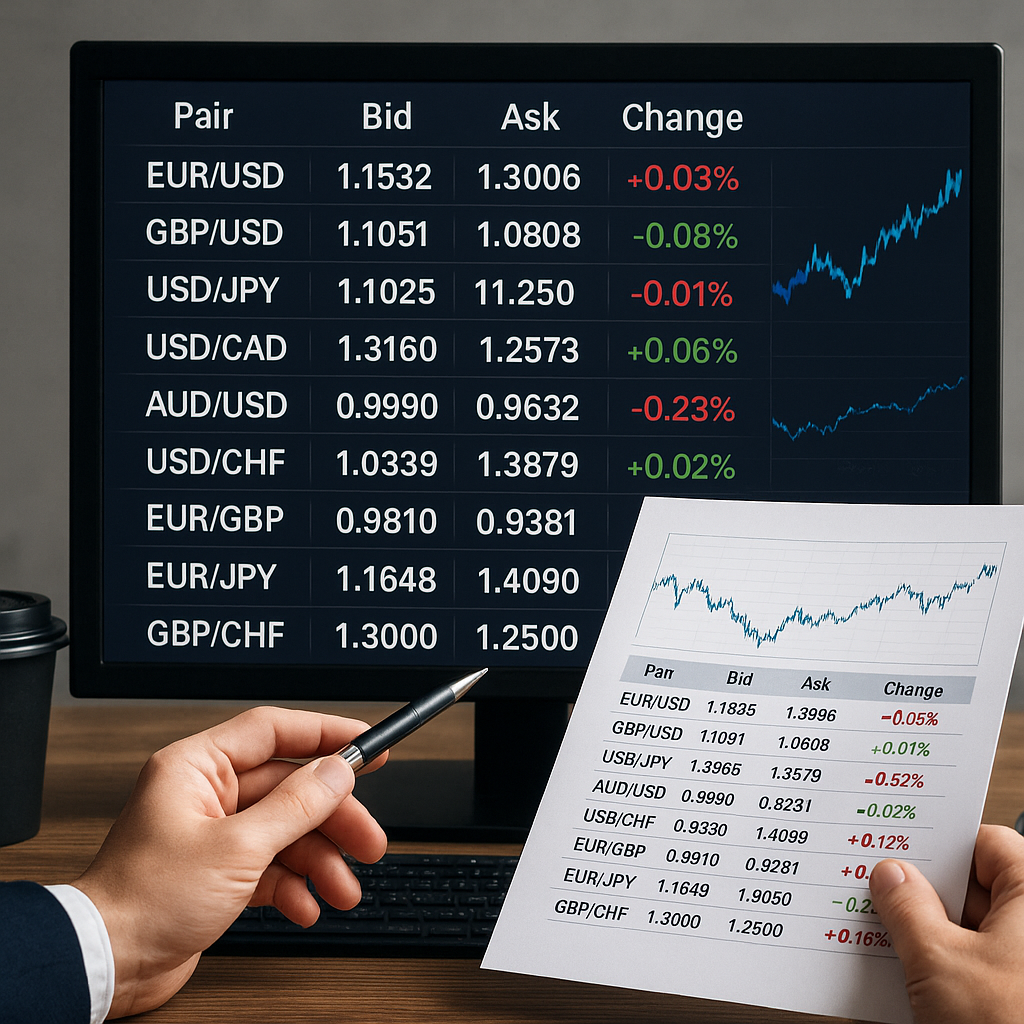Rolling over forex futures contracts is a crucial aspect of trading in the foreign exchange market. This process involves closing out a position in a futures contract that is nearing its expiration date and simultaneously opening a new position in a futures contract with a later expiration date. Understanding how to effectively roll over forex futures contracts can help traders manage their positions and avoid the pitfalls associated with contract expiration.
Understanding Forex Futures Contracts
Forex futures contracts are standardized agreements to buy or sell a specific amount of a currency at a predetermined price on a set future date. These contracts are traded on exchanges and are used by traders to hedge against currency risk or to speculate on currency price movements. Unlike spot forex trading, which involves the immediate exchange of currencies, futures contracts have a set expiration date, typically on a quarterly basis.
Key Features of Forex Futures Contracts
- Standardization: Forex futures contracts are standardized in terms of contract size, expiration dates, and tick values, making them easier to trade and compare.
- Leverage: Futures contracts allow traders to control large positions with a relatively small amount of capital, thanks to the use of leverage.
- Margin Requirements: Traders are required to maintain a margin account with a certain amount of funds to cover potential losses.
- Expiration Dates: Each futures contract has a specific expiration date, after which the contract must be settled or rolled over.
The Rollover Process
Rolling over a forex futures contract involves closing out the current contract and opening a new one with a later expiration date. This process is essential for traders who wish to maintain their positions beyond the expiration date of the current contract. The rollover process can be broken down into several steps:
Step 1: Identify the Expiration Date
The first step in the rollover process is to identify the expiration date of the current futures contract. This information is typically available on the exchange where the contract is traded. It is important to initiate the rollover process well before the expiration date to avoid any last-minute complications.
Step 2: Close the Current Position
Once the expiration date is identified, the next step is to close the current position in the expiring futures contract. This involves selling the contract if you are long (i.e., you have bought the contract) or buying the contract if you are short (i.e., you have sold the contract). Closing the position ensures that you are not obligated to settle the contract upon expiration.
Step 3: Open a New Position
After closing the current position, the next step is to open a new position in a futures contract with a later expiration date. This new contract should have the same underlying currency pair and contract size as the expiring contract. By opening a new position, you effectively extend your exposure to the currency pair without interruption.
Step 4: Adjust for Price Differences
It is important to note that the price of the new futures contract may differ from the price of the expiring contract. This price difference, known as the “rollover cost,” can be either positive or negative, depending on market conditions. Traders should account for this cost when calculating their overall profit or loss.
Strategies for Effective Rollover
Successfully rolling over forex futures contracts requires careful planning and execution. Here are some strategies to help traders manage the rollover process effectively:
Monitor Market Conditions
Market conditions can have a significant impact on the price of futures contracts. Traders should closely monitor economic indicators, geopolitical events, and other factors that can influence currency prices. By staying informed, traders can make more informed decisions about when to roll over their contracts.
Use Technical Analysis
Technical analysis can be a valuable tool for identifying optimal entry and exit points for rolling over futures contracts. By analyzing price charts, trends, and technical indicators, traders can gain insights into potential price movements and make more strategic rollover decisions.
Manage Risk
Risk management is a critical component of successful trading. Traders should use stop-loss orders, position sizing, and other risk management techniques to protect their capital during the rollover process. Additionally, maintaining a diversified portfolio can help mitigate the impact of adverse price movements in any single currency pair.
Conclusion
Rolling over forex futures contracts is an essential skill for traders who wish to maintain their positions beyond the expiration date of their current contracts. By understanding the rollover process and implementing effective strategies, traders can manage their positions more effectively and avoid the pitfalls associated with contract expiration. Whether you are a seasoned trader or new to the world of forex futures, mastering the art of rolling over contracts can help you achieve your trading goals and navigate the complexities of the foreign exchange market.

